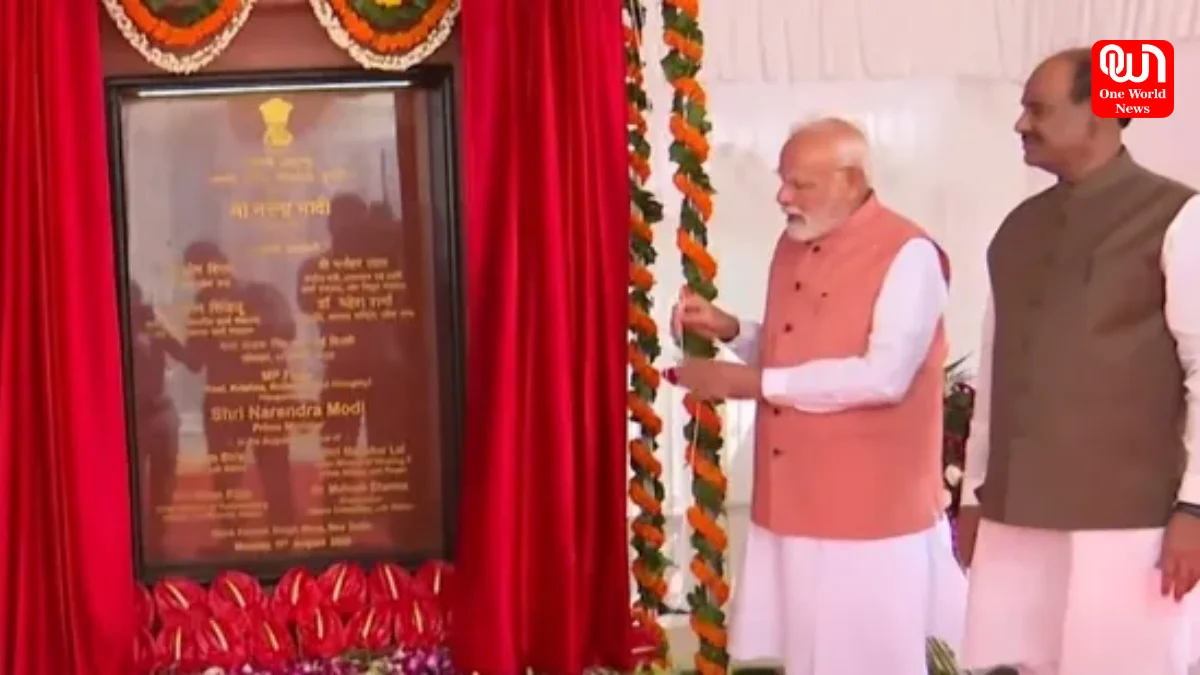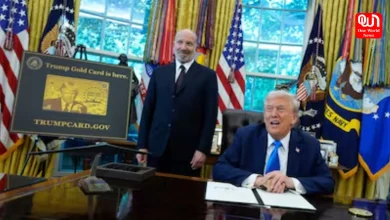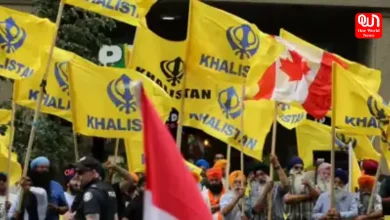PM Modi Inaugurates 184 New Flats for MPs in Delhi: Modern Type-VII Housing Complex
PM Modi inaugurates 184 new flats for MPs in Delhi, showcasing state-of-the-art Type-VII multi-storey housing for better comfort and sustainability.
PM Modi Inaugurates 184 New Flats for MPs in Delhi: All About the Modern Type-VII Multi-Storey Housing Project
Prime Minister Narendra Modi officially inaugurated 184 newly-constructed Type-VII multi-storey flats for MPs in Delhi at Baba Kharak Singh Marg. This initiative marks a significant leap in MP accommodation, reflecting modern design, sustainability, and enhanced living standards.
Type-VII Multi-Storey Housing: Addressing Accommodation Needs
Faced with chronic housing shortages, especially for first-time MPs, the government has shifted focus toward vertical housing solutions. The Type-VII multi-storey complex efficiently optimizes scarce land resources around Lutyens’ Delhi.
read more: Sunburn Festival 2025 Mumbai Edition: EDM Madness Hits the Maximum City This December
Design, Scale, and Space
Each flat spans approximately 5,000 square feet, surpassing the space offered by Type-VIII bungalows in Lutyens’ Delhi. This expansive layout includes five bedrooms, dedicated office spaces for both MPs and assistants, and two additional rooms for support staff.
Green, Safe, and Inclusive
The development aligns with the GRIHA 3-star green rating, adheres to the National Building Code (NBC) 2016, and incorporates energy-efficient and renewable technologies, comprehensive waste management, and an energy-conserving design. The buildings are also earthquake-resistant and designed to be Divyang-friendly for inclusive access.
Convenience and Community Amenities
MPs and staff benefit from modern amenities including high-speed elevators, full power backup, robust firefighting systems, and security infrastructure. The complex features a two-level underground parking for 500 vehicles, a community center, and retail outlets to cater to daily needs.
Cost and Construction Efficiency
Constructed by CPWD at an estimated cost of ₹550 crore using monolithic concrete with aluminum shuttering, the project achieved faster timelines and durable, long-lasting structures expected to stand for over a century. The efficient construction and economies of scale are poised to reduce long-term maintenance and renting costs.
read more: Tragedy Strikes: Explosion At Mohali Oxygen Plant Leaves Two Dead, Several Injured
Symbolism and Political Undertones
The complex’s four towers are named after major Indian rivers—Krishna, Godavari, Kosi, and Hooghly—symbolizing life, unity, and shared heritage. PM Modi planted a Sindoor sapling at the site and praised the shramjeevis (construction workers) for their contributions.
He also made a pointed remark about those “small-minded” who might object to naming a tower after Kosi, hinting at Bihar electoral politics, stating that such names instead “bind us together.”
Financial Prudence and Historical Context
Highlighting fiscal responsibility, PM Modi recalled that from 2004 to 2014, no new residential units were built for Lok Sabha MPs. Since 2014, approximately 350 MP residences have been constructed, including these latest flats, thus saving taxpayers’ money. He also contrasted these investments with past expenses on rented offices, such as the ₹1.5 crore annual rent for government offices—expenditure this project aims to offset.
Impact on MPs’ Lives and Governance
Modernizing MP housing promises enhanced ease of living that frees up lawmakers from personal accommodation challenges—enabling greater focus on public service. The campus also offers opportunities for cultural exchange, cleanliness drives, and collective celebrations, reflecting a vision of “Ek Bharat, Shreshtha Bharat.”
We’re now on WhatsApp. Click to join.
Like this post?
Register at One World News to never miss out on videos, celeb interviews, and best reads.








